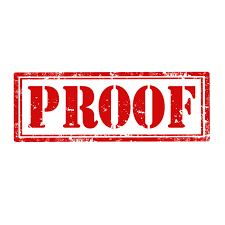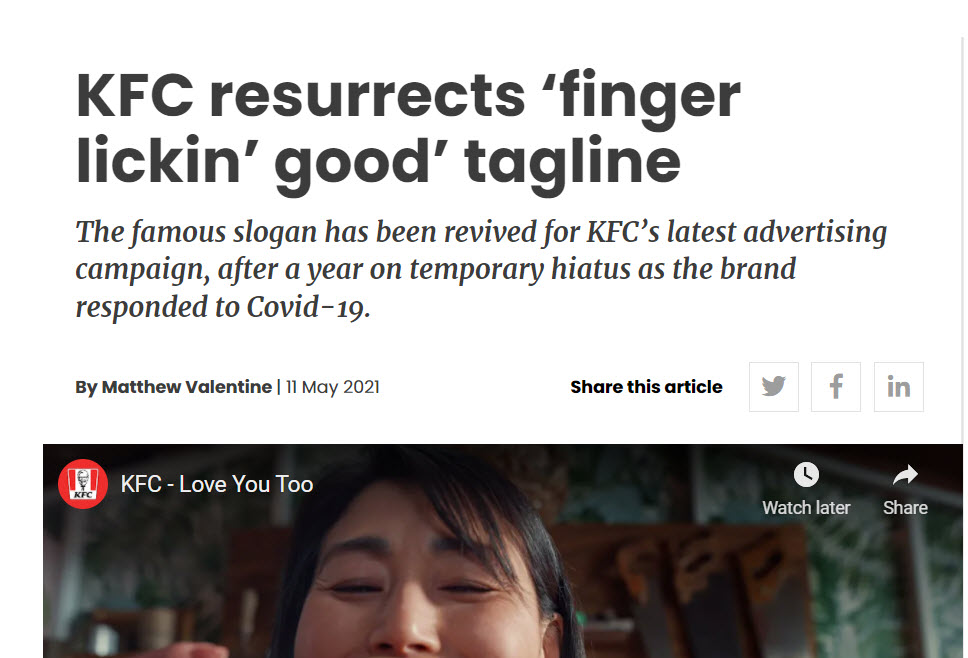Strategy and Training.
 I’m a fanboy of Julian Cole of Strategy Finishing School and also Mark Pollard of Sweathead. Julian came out of comms planning and has slid into brand planning. Mark has long been a brand planner. Both are sharers. That is, they post a good deal of social media – free media – in an effort to raise visibility. And both are at places in their careers where they are trying to monetize their wares. Like musicians who make most of their money now touring, Julian and Mark (sometimes together) are charging fees for webinars and in-person training sessions.
I’m a fanboy of Julian Cole of Strategy Finishing School and also Mark Pollard of Sweathead. Julian came out of comms planning and has slid into brand planning. Mark has long been a brand planner. Both are sharers. That is, they post a good deal of social media – free media – in an effort to raise visibility. And both are at places in their careers where they are trying to monetize their wares. Like musicians who make most of their money now touring, Julian and Mark (sometimes together) are charging fees for webinars and in-person training sessions.
Faris Yakob, a longtime acquaintance, is also in the marketing and branding space. He, too, works for himself and with wife Rosie monetize a business called Genius Steal through paid events, speeches and training. But he also consults. Faris is a sharer and networker and has been for a long time.
Giving away intellectual property in social media is a time-tested business builder. And it’s been going on for decades in the regular press and trade press. Say something really smart to the reading/consuming public and they may reach out for advice. Paid advice. Start by giving it away, then sell it.
My approach is different. I’ve stayed away from monetizing through paid speeches and training. I continue to give away my IP. My revenue goal is 100% consulting. I prime the pump with content and do biz/dev to generate leads and engagements.
One of my clients, Trail Of Bits, has built a crazy successful business giving away IP in the cyber security space. They share code and tools for free on GitHub. They don’t train, they consult. And they thrive.
I’m not knocking trainers and speaker. And as a longtime blogger, I’m all about teaching and learning. But for me the excitement is in the trenches. The excitement is in the strategies themselves.
Peace!







